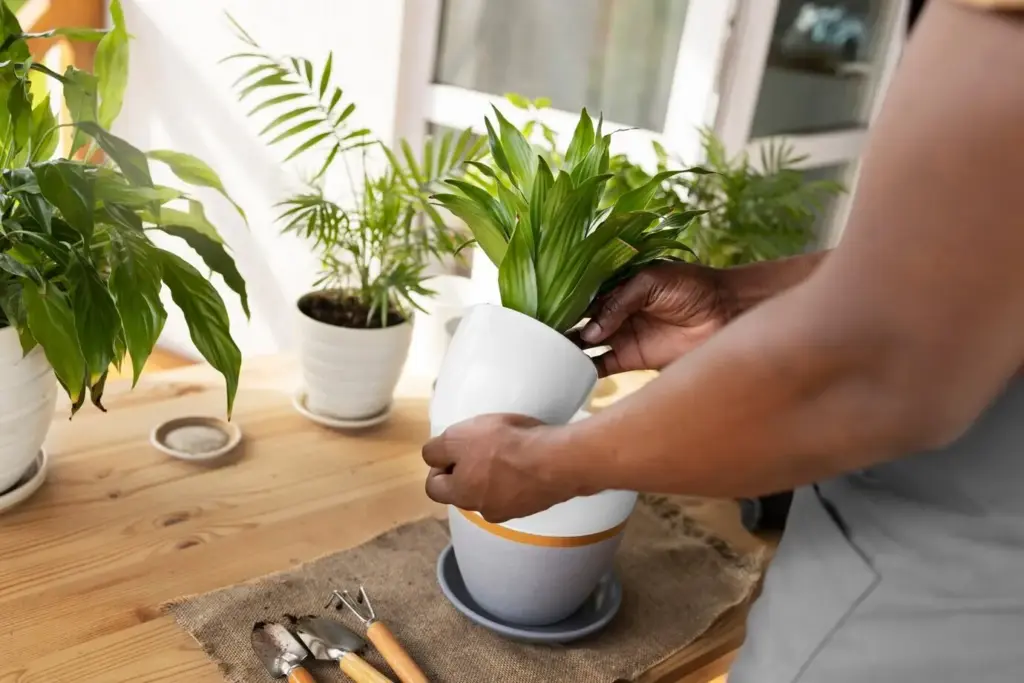When Rain Becomes a Resource

Rethinking Runoff
Water’s Journey Across a Lot
The Quiet Power of Infiltration
Co-benefits Beyond Flooding


Reading the Ground
Designing the Conversation Between Green and Gray
Flow Paths That Invite Infiltration
Draw water away from building foundations with subtle grades toward permeable driveways or walkways. From there, establish slight cross slopes that nudge water into curb cuts or level spreaders feeding the rain garden edge. Keep velocities low, drops gentle, and turns generous. Plant dense groundcovers along entries to catch stray sediment. When people can walk comfortably and observe plants thriving beside dry, clean pavements after storms, the integration proves itself without announcements.
Pretreatment That Saves the Day
Leaves, grit, and tire dust are inevitable. A small forebay, trench drain with removable grates, or gravel verge keeps debris from smothering infiltration surfaces or burying garden inlets. Use a slightly coarser stone at pavement edges and a mulch that resists floating, such as shredded hardwood. Provide access for shop-vacs or brooms, and space clean-outs where they are obvious. A few minutes after big storms prevents hours of restoration next season, reliably.
Overflows That Behave
Every system should admit that rare storms arrive. Set an armored spillway a little below the surrounding grade, leading to turf or another planted area that tolerates occasional wet feet. Keep overflow paths visible, not buried, so inspections are intuitive. If underdrains are needed, add inspection ports and orifices sized to drain within twenty-four to forty-eight hours. Responsible redundancy builds trust with neighbors and officials, ensuring approvals and long-term comfort with the design.
Deep Roots, Local Stories
Layered Canopies, Layered Functions
Materials That Breathe Underfoot

Keeping Performance Alive

A Care Calendar That Works
Sweep permeable pavements quarterly, or after visible sediment events. Check rain garden inlets for leaf mats following fall storms. Replenish mulch in thin layers each spring. Inspect edge restraints and replace missing joint material promptly. Photograph before and after maintenance to track change. Post the calendar on the fridge or community board, and remind friends to subscribe for printable checklists. Small habits compound into reliable capacity during intense rainfall surprises admirably and predictably.
Winter, Salt, and Snow
Sweep permeable pavements quarterly, or after visible sediment events. Check rain garden inlets for leaf mats following fall storms. Replenish mulch in thin layers each spring. Inspect edge restraints and replace missing joint material promptly. Photograph before and after maintenance to track change. Post the calendar on the fridge or community board, and remind friends to subscribe for printable checklists. Small habits compound into reliable capacity during intense rainfall surprises admirably and predictably.
Tracking Success and Telling the Story
Sweep permeable pavements quarterly, or after visible sediment events. Check rain garden inlets for leaf mats following fall storms. Replenish mulch in thin layers each spring. Inspect edge restraints and replace missing joint material promptly. Photograph before and after maintenance to track change. Post the calendar on the fridge or community board, and remind friends to subscribe for printable checklists. Small habits compound into reliable capacity during intense rainfall surprises admirably and predictably.